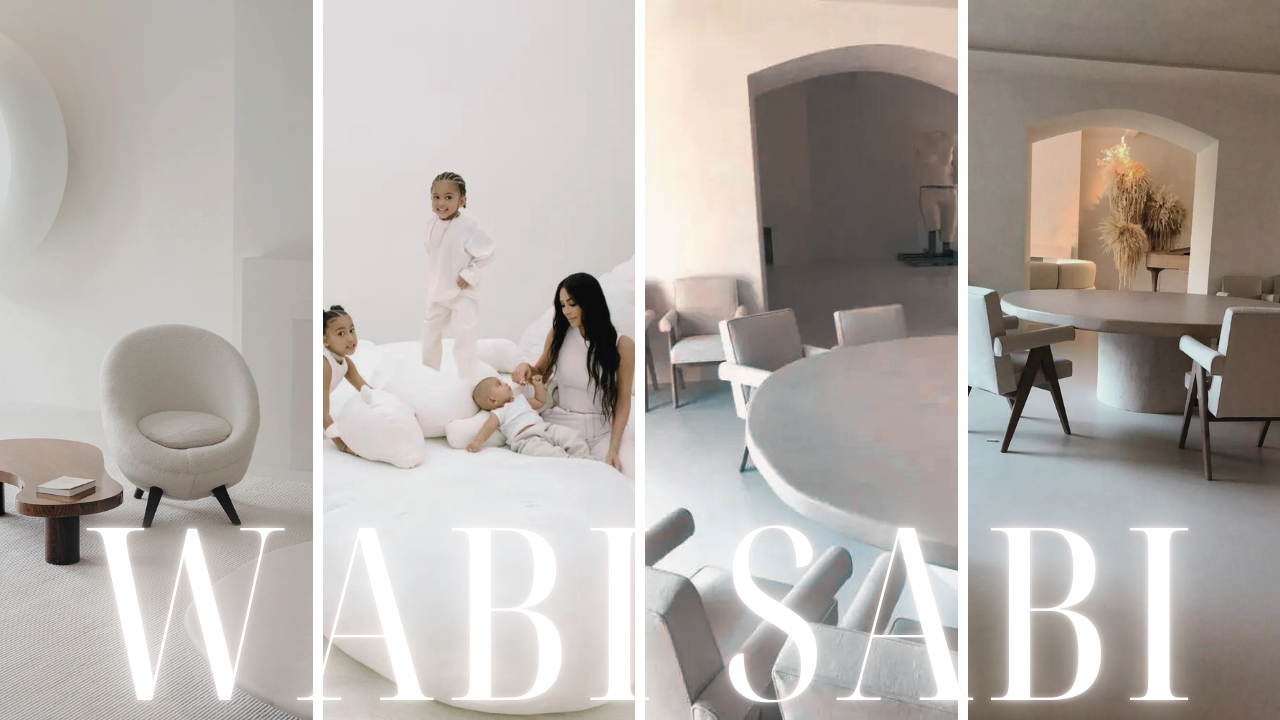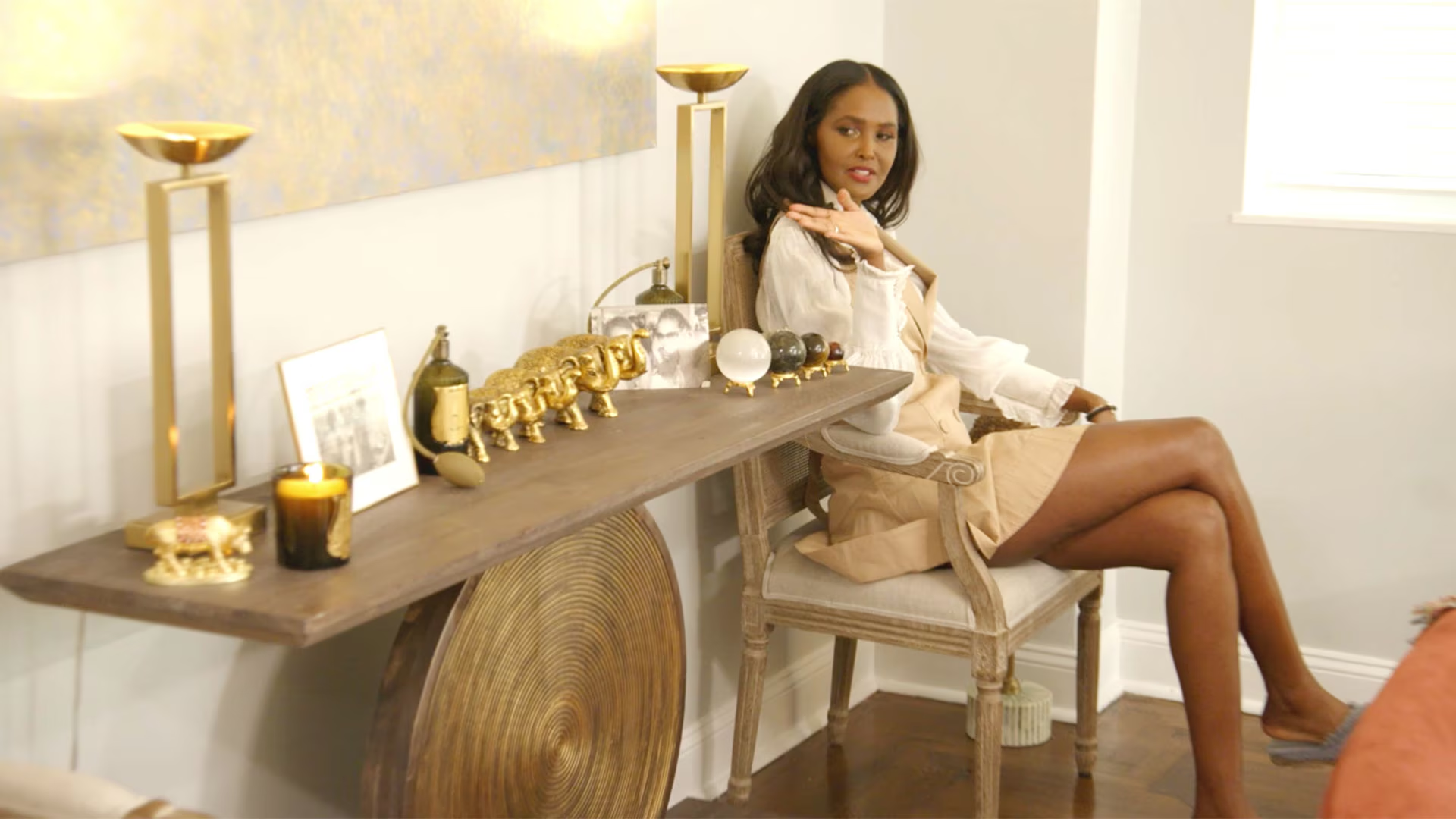The Beauty of Wabi-Sabi Interior Design: Embracing Imperfection
Wabi-Sabi is an ancient Japanese philosophy that celebrates imperfection, impermanence, and simplicity, finding beauty in the natural flow of life. In interior design, this translates into spaces that reflect a sense of tranquility, authenticity, and warmth. Rooted in Zen Buddhism, Wabi-Sabi is not about pristine perfection but rather the appreciation of the raw, the aged, and the worn, making it a design style that resonates with those seeking balance and mindfulness in their homes.
Origins and Designers Who Popularized Wabi-Sabi
While Wabi-Sabi has been ingrained in Japanese culture for centuries, its principles have found their way into modern interior design, largely thanks to designers who embraced the philosophy and translated it into contemporary spaces. Designers such as Axel Vervoordt and Leanne Ford have been instrumental in popularizing Wabi-Sabi in Western design.
Axel Vervoordt, a Belgian interior designer, has been known for blending Wabi-Sabi aesthetics with European minimalism. His spaces are defined by a balance of textures, neutral palettes, and the use of raw, organic materials. Vervoordt’s focus on natural imperfections and serene environments perfectly captures the essence of Wabi-Sabi.
Leanne Ford, an American designer known for her clean, minimalist designs, often incorporates Wabi-Sabi elements like distressed wood, aged metals, and neutral tones into her work. She mixes these natural elements with modern pieces, showing how Wabi-Sabi can harmonize with other styles to create a warm, inviting space.
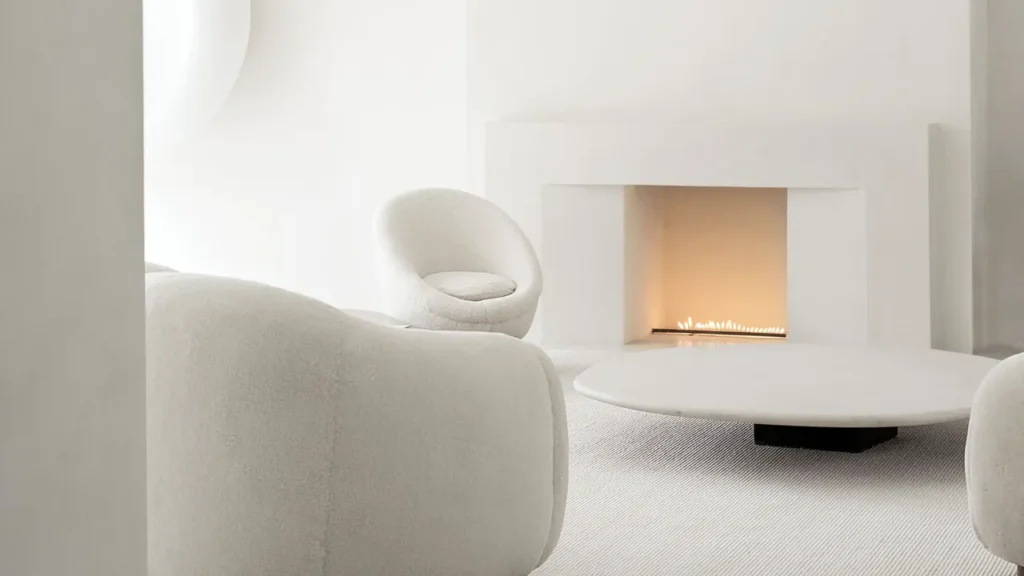
Key Elements of Wabi-Sabi
At the heart of Wabi-Sabi interior design are several key elements that make it distinct from other design philosophies:
- Natural Materials: Wabi-Sabi embraces the raw beauty of nature. Materials like wood, stone, clay, linen, and wool are favored for their organic textures and imperfections. Reclaimed or aged wood, stone with cracks, and pottery with uneven glazes are considered beautiful because they reflect the passage of time.
- Neutral Color Palettes: The color scheme in Wabi-Sabi design is earthy and understated. Shades of brown, beige, soft white, and muted greens are used to create a calm and soothing atmosphere. These tones allow the textures of the natural materials to stand out.
- Imperfection: Wabi-Sabi is about embracing flaws and imperfections. Cracks in pottery, uneven surfaces, or worn-out furniture are all welcomed because they tell a story. This aesthetic encourages people to appreciate the unique character that imperfections bring to a space.
- Minimalism: While Wabi-Sabi is not as strict as other minimalist styles, it does value simplicity. Spaces are kept uncluttered, with only essential and meaningful items on display. The idea is to create a serene environment that fosters peace and mindfulness.
- Handcrafted Items: Wabi-Sabi celebrates craftsmanship and the human touch. Handwoven textiles, hand-thrown pottery, and artisanal furniture pieces are valued for their uniqueness and the personal story behind their creation.
Kim Kardashian’s home, designed by Belgian interior designer Axel Vervoordt, perfectly embodies the principles of Wabi-Sabi with its minimalist aesthetic that celebrates simplicity and imperfection. The sprawling California mansion, often referred to as a “minimalist monastery,” features neutral tones of cream, beige, and gray, creating a calm and serene atmosphere. Vervoordt and other designers, such as Claudio Silvestrin and Vincent Van Duysen, worked together to strip the home of unnecessary elements, focusing instead on the purity of form and natural materials, hallmarks of Wabi-Sabi design. The space is largely devoid of decorative clutter, instead letting the light and textures of the natural materials take center stage(Dolce Luxury Magazine)(InterioristaWeb).
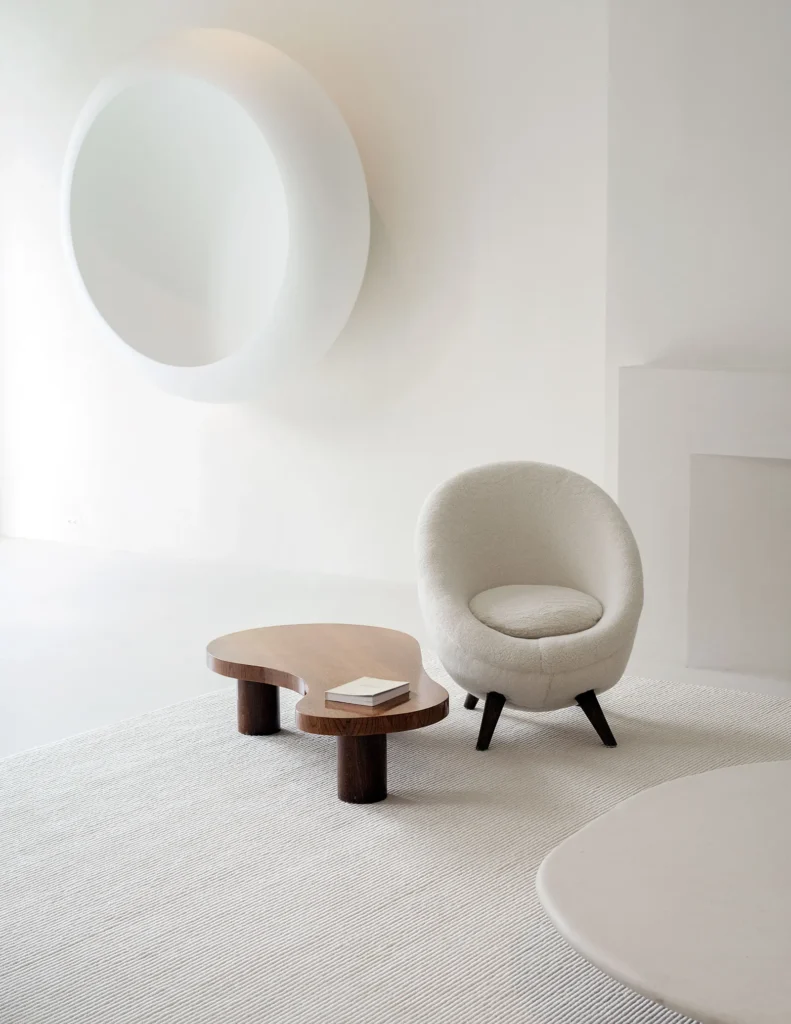
Key elements of Wabi-Sabi in Kim’s home include its open, uncluttered layout, handmade furnishings, and a sense of understated luxury. Vervoordt’s vision for the house was to create a sanctuary that emphasized calmness and authenticity, using organic materials like wood and stone to highlight the beauty of imperfection. This approach reflects Wabi-Sabi’s philosophy of finding beauty in impermanence and age, which blends seamlessly with the minimalist tendencies of modern design. While some might expect the home to feel cold due to its sparseness, it is instead warm and inviting, thanks to the tactile quality of the materials and the thoughtful, understated design(Dolce Luxury Magazine)(InterioristaWeb).
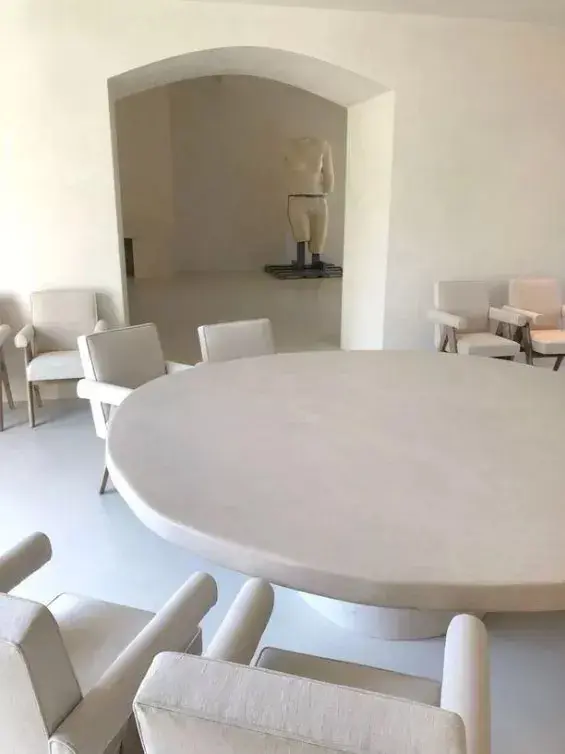
Styles That Mesh Well with Wabi-Sabi
Wabi-Sabi’s organic and minimalist nature allows it to blend seamlessly with several other design styles:
- Scandinavian: Both Wabi-Sabi and Scandinavian design prioritize simplicity, natural materials, and functionality. Scandinavian design’s focus on clean lines and cozy elements (hygge) pairs well with Wabi-Sabi’s embrace of imperfection and warmth.
- Industrial: The raw, unfinished look of industrial design—exposed brick, concrete, and weathered metal—can complement Wabi-Sabi’s appreciation of natural, imperfect materials. The juxtaposition of industrial elements with Wabi-Sabi’s organic materials creates a balanced, harmonious space.
- Modern Minimalism: Like Wabi-Sabi, modern minimalism focuses on simplicity and function. However, where modern minimalism leans towards sleek and pristine, Wabi-Sabi introduces a softer, more lived-in feel, adding warmth and texture to otherwise stark spaces.
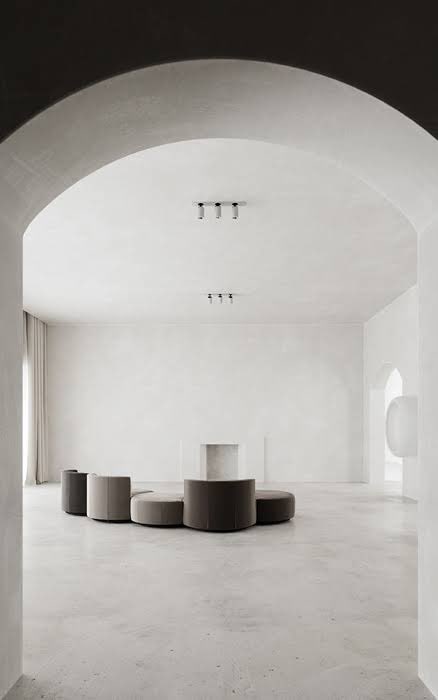
Conclusion
Wabi-Sabi interior design offers a refreshing contrast to the polished perfection often sought in contemporary homes. Its emphasis on simplicity, authenticity, and natural beauty creates spaces that are not only visually appealing but also emotionally comforting. As more people embrace the idea of mindful living, Wabi-Sabi’s humble elegance is becoming a favored approach to home design, offering a retreat from the fast-paced, cluttered modern world.
